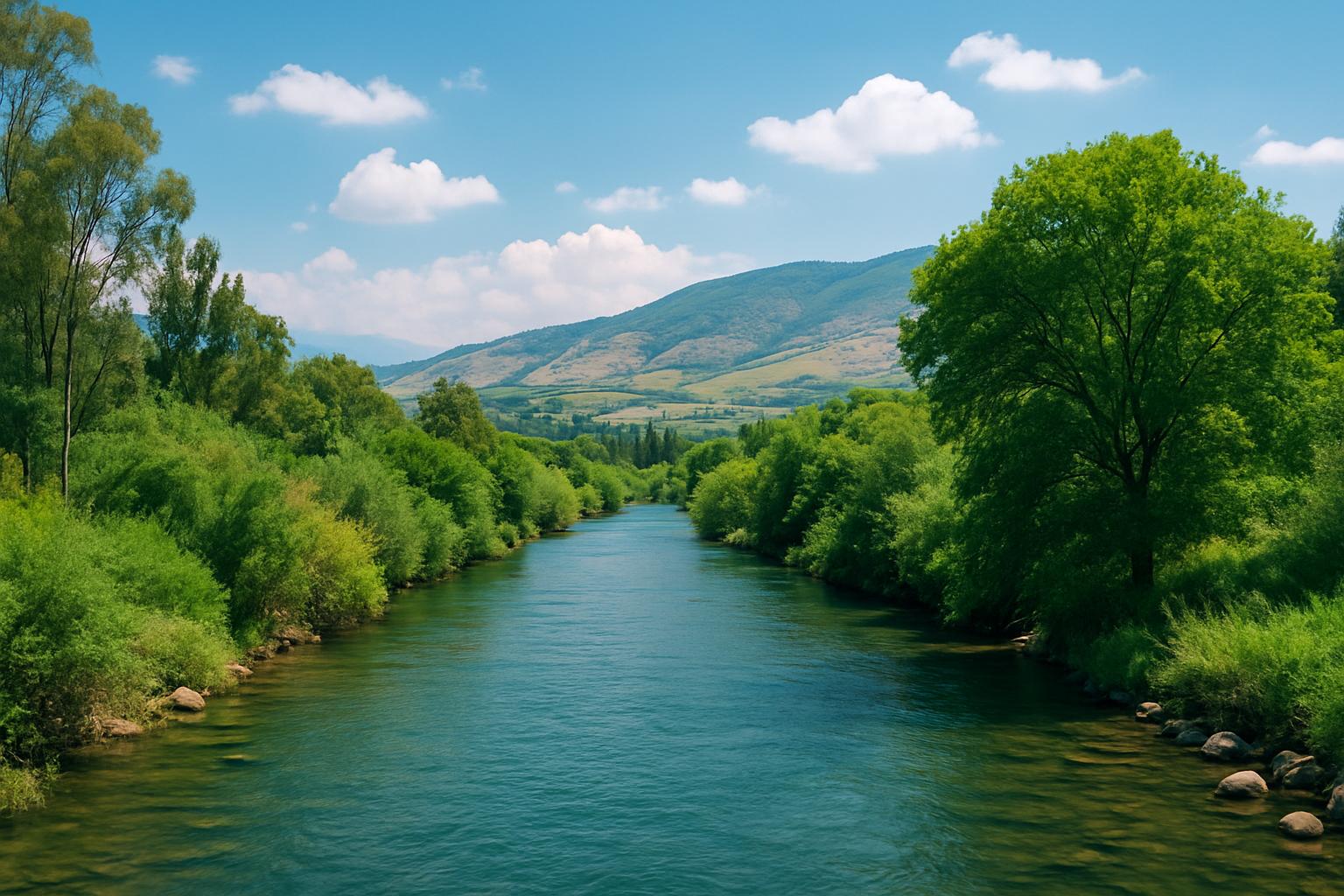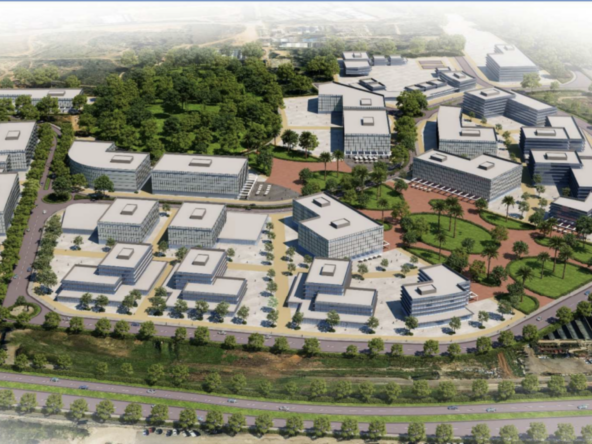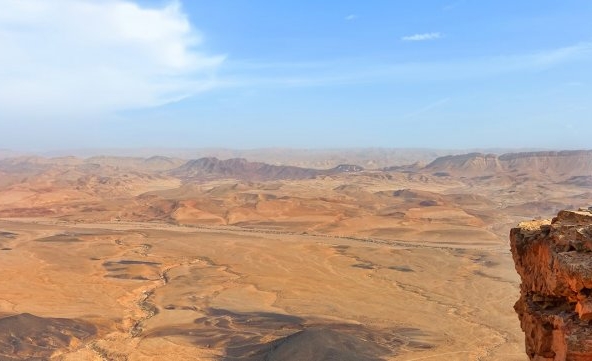Kfar Hanassi holds a strategic location in Upper Galilee. The village occupies a privileged geographical position in northern Israel. Located 35 km north of the Sea of Galilee and 6 km east of Rosh Pinna, it falls under the jurisdiction of the Upper Galilee Regional Council. This location provides direct access to major transport routes while preserving the rural character of the community.
Retrospective and real estate perspectives of Kfar Hanassi
The demographic growth illustrates the vitality of the village. The population reached 835 inhabitants in 2015, then 988 residents in 2022. This steady increase of 18% over seven years reflects the growing attractiveness of Kfar Hanassi for new residents seeking an authentic living environment.
Economic transformation of the kibbutz model
The economic evolution follows national trends of kibbutz modernization. The village is developing diversified activities beyond traditional agriculture. The kibbutz has a guesthouse with rural accommodation, illustrating the adaptation to new economic needs through community tourism.
Dynamic national real estate context
The Israeli real estate market is experiencing a significant recovery. Apartment sales surged by 14% in January 2024, totaling over 8,000 transactions. This national momentum positively influences local prospects, particularly in sought-after rural areas like Upper Galilee.
Specific real estate advantages
Kfar Hanassi presents several competitive advantages. Proximity to Rosh Pina Airport facilitates accessibility. The preserved natural environment attracts clientele seeking authenticity. The status of a modernized kibbutz offers a unique community framework while allowing private ownership.
Regional infrastructure developments
The region benefits from increasing investments in tourist and residential infrastructure. Development projects are multiplying in northern Israel, creating a favorable ripple effect for established rural communities like Kfar Hanassi.
Exceptional aquatic setting
Kfar Hanassi enjoys a privileged position in the aquatic ecosystem of Upper Galilee. The village overlooks the Sea of Galilee, located just 35 kilometers north of this mythical lake. This proximity offers residents direct access to the biblical waters that historian Flavius Josephus described as “the ambition of Nature.” The Sea of Galilee, also known as Lake Tiberias, constitutes the country’s main freshwater reserve.
Wild Jordan River at the village’s doorstep
The Jordan River majestically winds near Kfar Hanassi. Rafting activities depart directly from the site to the village on routes lasting 2 to 3 hours. The river traverses landscapes of stunning beauty, lined with eucalyptus and fig trees, date palms, and lush riverside vegetation, passing under the Bnot Ya’akov bridge. This exceptional biodiversity transforms each outing into a total natural immersion.
Diverse water activities
The sector offers a complete range of aquatic adventures. The Upper Galilee region provides activities suitable for all levels, from tranquil paddles to thrilling rapids. Local providers organize kayaking, rafting, and even spectacular zip-line descents. A 70-meter-long zip-line allows the more daring to plunge directly into the waters of the Jordan from a height of 15 meters.
Remarkable riverside biodiversity
The environment around Kfar Hanassi is home to exceptional fauna and flora. The meanders of the Jordan create microclimates that favor the nesting of migratory species. The surrounding wetlands host herons, kingfishers, and aquatic turtles. Mediterranean vegetation harmoniously blends with tropical species, creating a unique ecosystem in the Middle East.
Verdant agricultural landscapes
The former marshy plains around the lake have been transformed into vibrant green agricultural lands. These irrigated crops form a striking contrast with the surrounding arid landscape. The geometric fields create colorful patterns visible from the heights of the village, offering a modern agricultural spectacle in the heart of the desert.
Contemporary environmental challenges
The region faces major ecological issues. The Jordan River has ceased to flow cold and deep, transformed by Israeli and Jordanian energy projects into a muddy drainage canal over 180 miles. The state of the Sea of Galilee has become increasingly precarious in recent decades. These transformations impose an urgent need for sustainable management of water resources.
Local preservation initiatives
Local communities are developing environmental protection programs. Kfar Hanassi actively participates in efforts to restore riverbanks and naturally filter water. The village promotes organic farming and practices respectful of the river ecosystem. These community initiatives set an example for the region.
Expanding ecological tourism
Kayaking and rafting on the Jordan provide a travel experience that is both enjoyable and memorable for Israelis and tourists. The development of ecotourism generates sustainable income while raising visitor awareness of environmental fragility. This balanced approach preserves ecosystems while boosting the local economy.
Promising investment prospects
Several factors converge towards high real estate potential. The post-pandemic urban exodus favors rural rentals. The digitalization of work allows for permanent relocation outside urban centers. The demand for authenticity and quality of life is intensifying.
Future environmental vision
Kfar Hanassi is moving towards a hybrid model combining community tradition and sustainable real estate development. The goal is to preserve the village’s identity while welcoming new residents. This balanced approach positions the village favorably against future demographic and economic challenges.
The transformation of hostile lands into a thriving community illustrates the resilience of Kfar Hanassi. The real estate future looks promising thanks to the combination of natural assets, improved accessibility, and growing demand for an authentic alternative lifestyle.



